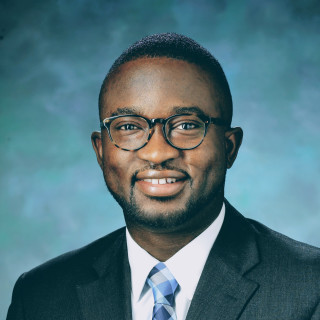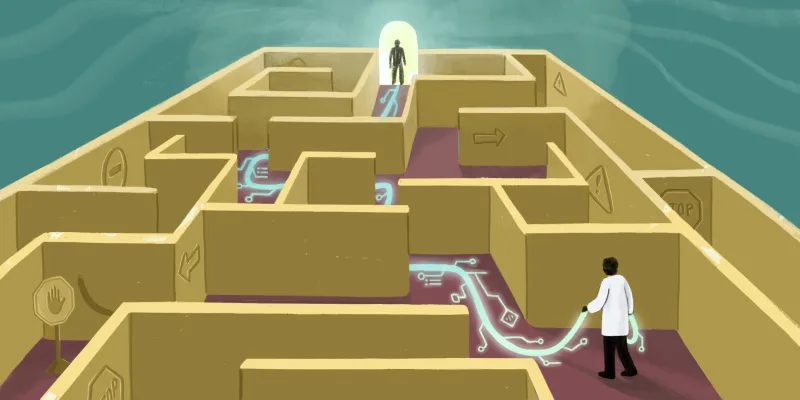Part 1: A Brief History of Specialization

You’ve probably wondered during your medical training: why are there so many specialties in medicine? Today in the US, there are over 120 specialties, and choosing one’s path in this medley of choices can be a daunting task. However, life before the era of specialization was not so complicated. All doctors used to be generalists, but many forces over the centuries shaped their gradual evolution into specialists. A brief history of medical specialization provides insights into how this happened and offers lessons on how to best evolve with the changing times.
In the 1700s, individuals who practiced specialized medicine were a rare species, outliers who were often viewed with suspicion. They were craftsmen who earned a living by performing tooth extractions, cutting for stone, delivering babies, and sometimes working as barbers. Given lack of formal education and training for these tasks, all such practitioners were lumped together as charlatans and quacks. The majority of mainstream physicians, the so-called regular healers, contested the work of the specialists — who were all non-licensed at the time — because they felt that specialization threatened the livelihood of the general practitioner.
By the mid 1800s, specialties had became so popular in Europe that a German doctor visiting Paris at the time remarked: “Incredible! Each organ now has its own priest…and for some, they even have special clinics…” What sparked the transformation from generalists to specialists? According to Dr. Rosen, a scholar in the History of Medicine, a key factor was a new conceptualization of disease and a better understanding of pathological anatomy. The humoral theory of disease — which was centered on the idea of disease being a case of bad humors — was rejected in favor of the germ theory, which emphasized organic causes.
The Birth of Specialists
New tools like the microscope made it possible for close examination of organisms too small to view with the naked eye. In addition, the first stethoscope forever changed how doctors interacted with patients. The ophthalmoscope and laryngoscope further accelerated the pace of change in medical practice. Doctors could, for the first time, probe the human body to unravel its mysteries. With these and other novel tools of the trade, doctors developed foci of interest in organ systems, and it was around these that various specialties started to coalesce.
This led to specialism (a common 19th century term) as doctors started organizing themselves around organs. Simultaneously, doctor groups started to form around specific populations (birthing women, sick children, the ‘mentally insane’); therapeutic techniques (spa medicine, hernia and kidney stone removal); and national needs (public health and forensic medicine).1
The new specialist groups, however, faced great opposition from the established generalists, who were unwilling to give up authority over any part of the body. Chief among the opposed voices were the surgeons, the largest and most organized practitioner group at the time. Note that in this era, medicine and surgery were completely separate entities. Ironically, it was viewed that specialization embodied a form of intellectual narrow-mindedness, which was “dangerous for medical science.” Institutions felt that specialization would fragment medicine and blind doctors from seeing the whole view of disease.1 In 1859, the Paris Faculty of Medicine, the most prestigious academic group of the 19th century, voted to reject a proposition to create new clinical chairs for faculty in the emerging specialties.
Events outside of medicine turned the tide for specialization. France went to war with Prussia and was defeated in 1870. Afterward, acquisition of scientific and medical knowledge became the new battlefield.1 Fearing that development of specialist medical training in Germany would leave France in the lurch, specialization came to be deemed a national priority, indispensable to “French science being able to battle against foreign science.”2 In response, France established new specialty chairs, the first in mental maladies.
Not All Specialties Survive the Evolution
Between 1870 and 1890, academic departments were established in Ophthalmology, Dermatology, Syphilology, Neurology, Obstetrics, Andrology, Urology, Stomatology and Pediatrics. These positions arose in Paris due to fierce scientific competition and expertise and also a pressing public health need. Creating an academic chair position for diseases of children (Pediatrics), for instance, arose out of concerns over rising rates of infant mortality, and Syphilology arose as a result of the prevalence of syphilis and other venereal diseases.
Weiz, an expert in social medicine, notes that administrative pressures to control increasingly large populations meant that there was an urgent need to start categorizing patients based on clinical presentation: identical cases were put in the same class, and different cases were put in other categories. By becoming specialized, a doctor could master a specific domain and see a large number of cases of the same type, which was necessary for research and serious medical training. Specialization thus became the new wave that medicine would ride to the future.
As new technologies were developed and research led to new understandings, some specialties died out. Dentistry swallowed Stomatology, Andrology gave way to Gynecology, and syphilologists disappeared.
Meanwhile, specialization in the US relied heavily on philanthropy, which set a precedent for today’s system of medical and scientific funding. An enterprising young American doctor would invent a new procedure, build a practice around it, and appeal to wealthy donors, promising to advance the science through clinical research. Marion Simms, a pioneer in Gynecology, used this method to advance the field and helped combine Obstetrics and Gynecology into one specialty.
War and the Technological Revolution
By the early 20th century, several newcomers, such as Radiology and Physical Medicine & Rehabilitation, would join the fold. Both trace their origins to the electro-therapeutists, who initially organized themselves around the use of electricity for diagnosis and treatment.3 An exciting new technology, Roentgen rays (X-rays), would subsequently lead to a split between the two groups. The newly formed Roentgen Ray Society of America would claim the X-ray as its proprietary domain, and the other half would seek to incorporate other physical therapeutics (light, sound, heat, water and vibration) into their diagnostic and treatment regimen.
The two World Wars would later lead to a rebirth of the physical medicine group, as wounded veterans returned suffering loss of limb, severe mobility limitations and cognitive deficits. Care for the injured soldiers dramatically expanded the need for rehabilitation experts and services. Later, the second industrial revolution — dubbed the technological revolution — coincided with forces of the labor market to create more jobs for individuals with disabilities. Political advocacy led to a new social imperative to provide medical care for this population and marked the beginnings of Rehabilitation Medicine, distinct from Physical Medicine. Similar to Ob-Gyn, the two groups would later merge and are now united as PM&R. Today, it is the only specialty to train experts in providing care for individuals with disabilities.
Bound by the inevitable forward march of time, population health needs continued to evolve, and over the course of several decades, new diseases emerged and opened avenues for even more specialties: Family Medicine, Emergency Medicine, Nuclear Medicine and Medical Genetics and Genomics. The list continues to expand as boundaries of medical knowledge continue to grow with advances in technology.
Medicine has come a long way from the time when almost all doctors were generalists, and specialists were outliers. Going forward, demand for specialists will likely continue to rise. Nonetheless, whether you’re a young trainee navigating the maze that is medical specialties, or an advanced practitioner cruising towards sunset, the history of medical specialization makes one thing crystal clear: adapt or die.
Charles A. Odonkor, MD began his love affair with medicine at Yale and completed residency at Johns Hopkins and postdoctoral training at Stanford. He is now a Pain Fellow at Harvard and enjoys traveling, cooking and spending quality time with his wife. He is a 2018–19 Doximity Author and tweets @kcodonkorGH.







